(Prices correct as of today’s date, are updated daily, are subject to change and represent genuine availability at time of update).
This cruise only holiday is financially protected by ABTA
Please click here to check the essential travel requirements before booking this cruise.
Want to add a hotel stay or change your flights?
Just call our team of cruise specialists to help build your dream cruise holiday today!
Spread the cost of your holiday! Interest Free Monthly payments are based on a deposit of 15%, and 11 monthly installments in accordance with our balance due date.
Prices based on 2 people sharing. Cruise only price does not include flights. Fly-cruise price may vary by chosen UK airport.
Itinerary
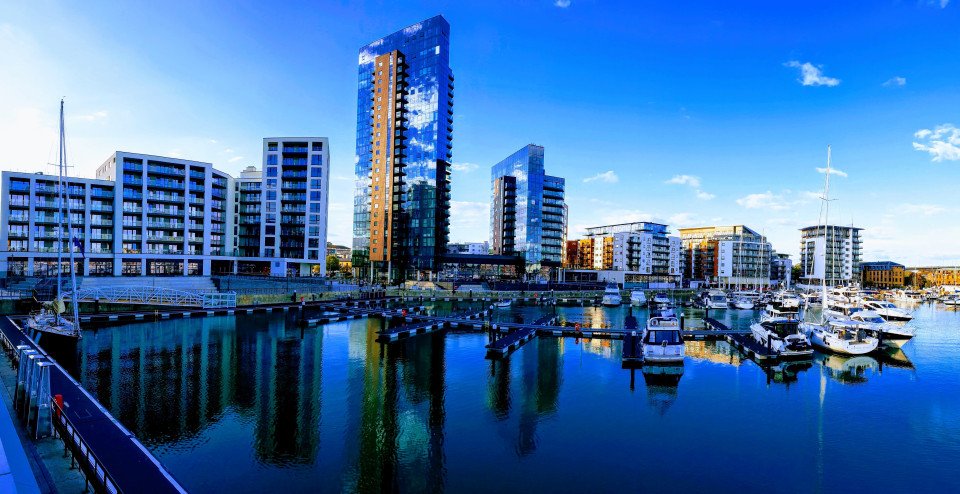
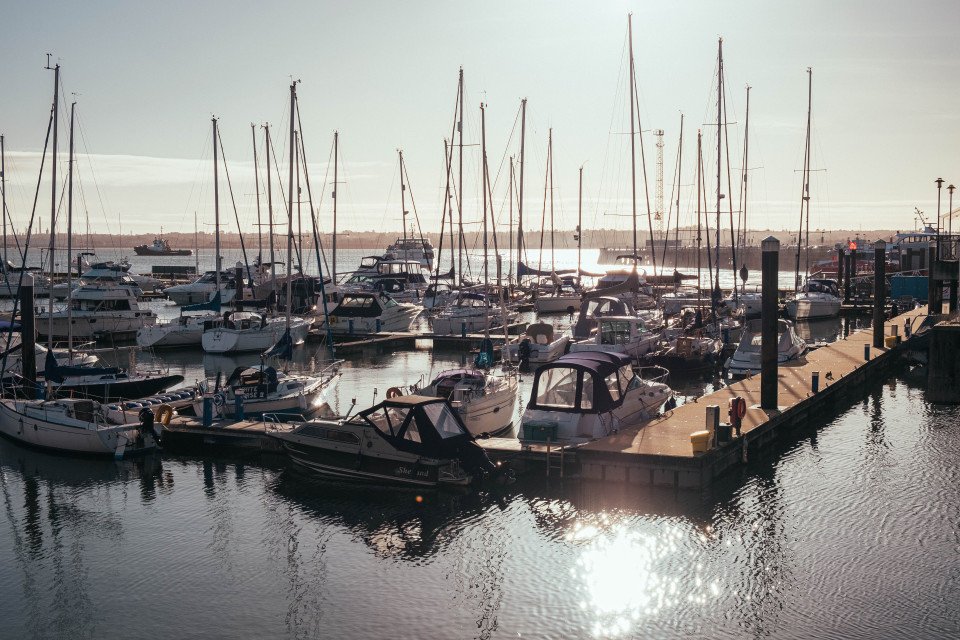
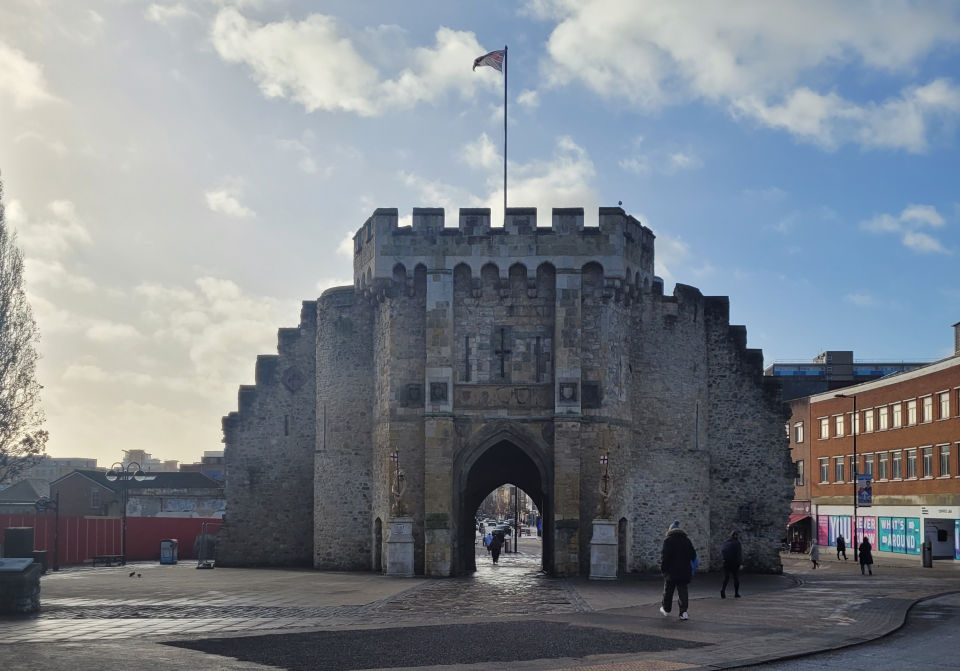
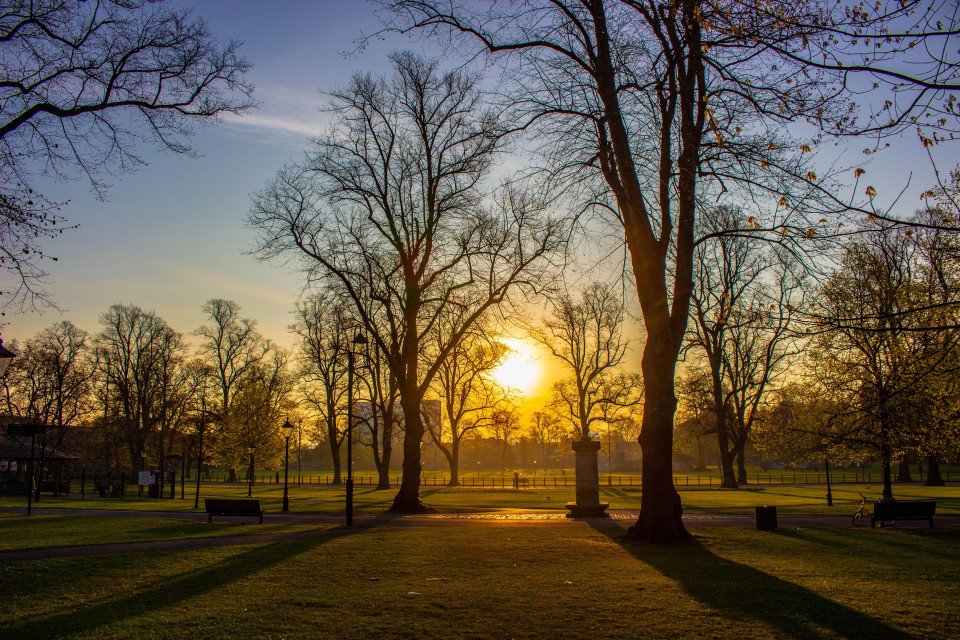
Southampton
Lying near the head of Southampton Water, a peninsula between the estuaries of the Rivers Test and Itchen, Southampton is Britain’s largest cruise port. It has been one of England’s major ports since the Middle Ages, when it exported wool and hides from the hinterland and imported wine ... Read More
Southampton
At Sea
Rotterdam
Amsterdam
Amsterdam
Cruising North Sea Canal
Southampton
What's Included with
Fred Olsen Cruises
Use of swimming pools, hot tubs, fitness centre and leisure facilities where available
Accommodation
Entertainment throughout the day and evening
Tea and coffee in seleted venues
Complimentary shuttle service from ship to port where available
Explore Borealis
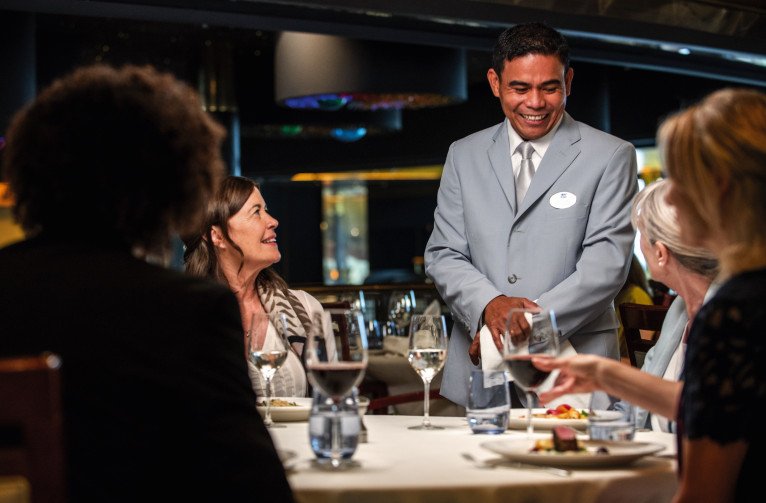
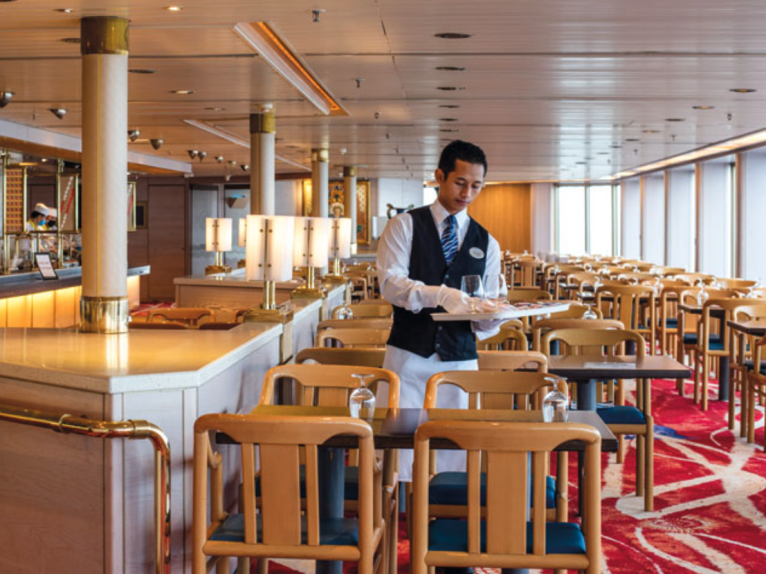
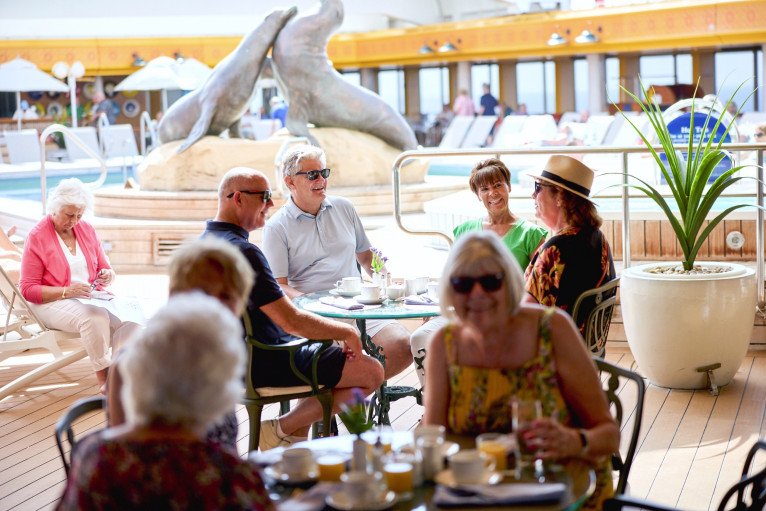






Aurora & Borealis Restaurants
Borealis’ tastefully decorated and spacious two-tiered main restaurants are the focal points of dining on board. Enjoy delicious five-course, á la carte menus of expertly created dishes, prepared and cooked by our team of talented chefs and served to you by our dedicated, attentive waiters. Menus include perfectly cooked steaks and seafood, freshly-made soups, pasta and salads. Plus, there are beautiful homemade breads, made overnight in our on board bakery, to enjoy too.
We highly recommend you try our Treats of the Region dishes, designed in line with the destinations you are visiting on your cruise.
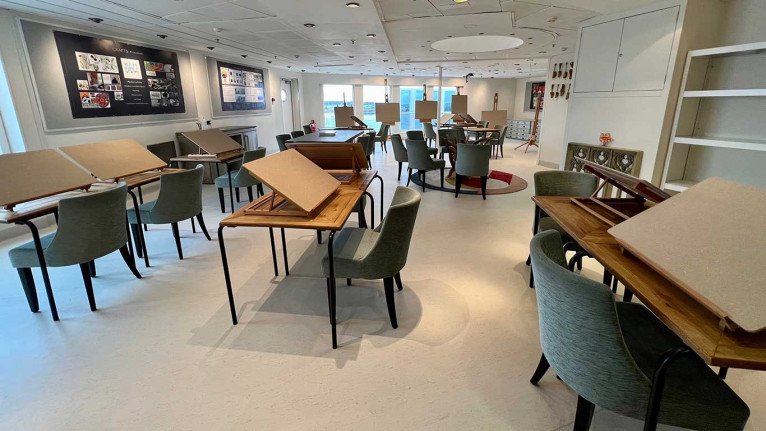



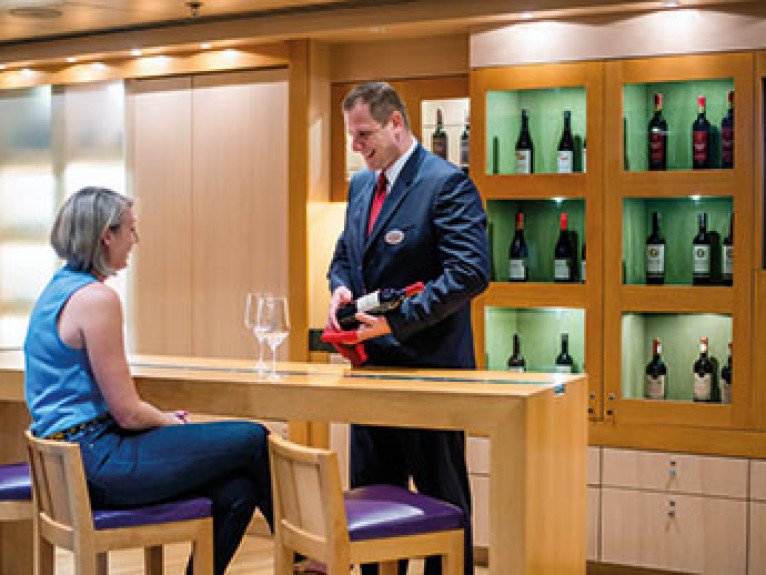
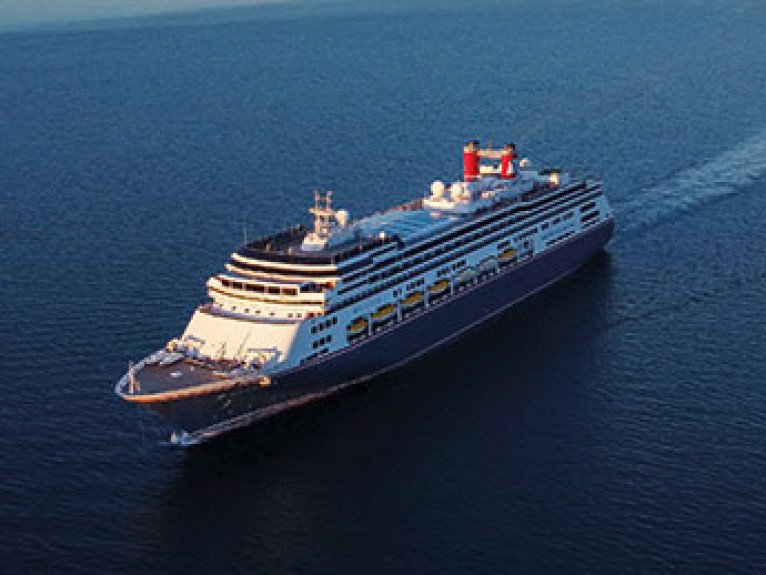

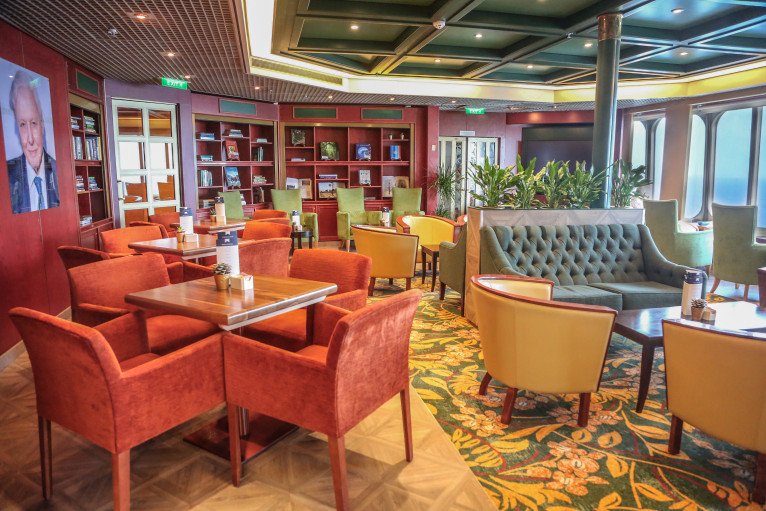
The Olsen Art Studio
Bringing the Olsen family's appreciation of art to life, The Olsen Art Studio on board Borealis is a light and airy space filled with arts and crafts materials for a variety of projects. For those guests who love to paint or draw at home and would like to refine their skills whilst at sea, or who perhaps used to enjoy art in the past and wish to take it up again, or have a particular craftring interest, then this is the perfect place to hone your skills.
The studio will host classes and activities guided by different instructors, as well as providing an open space for guests to work on their own particular projects.




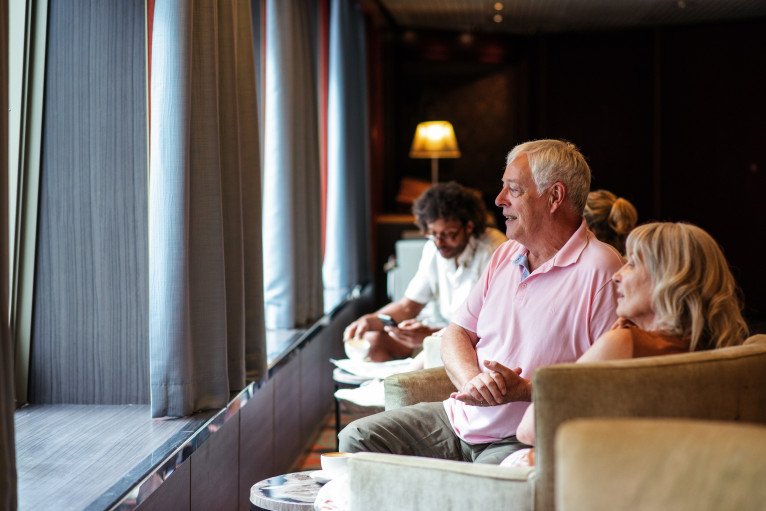


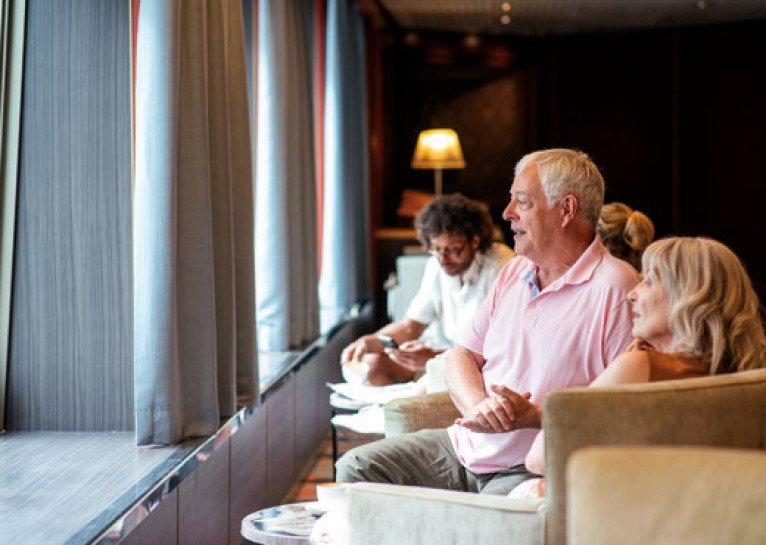

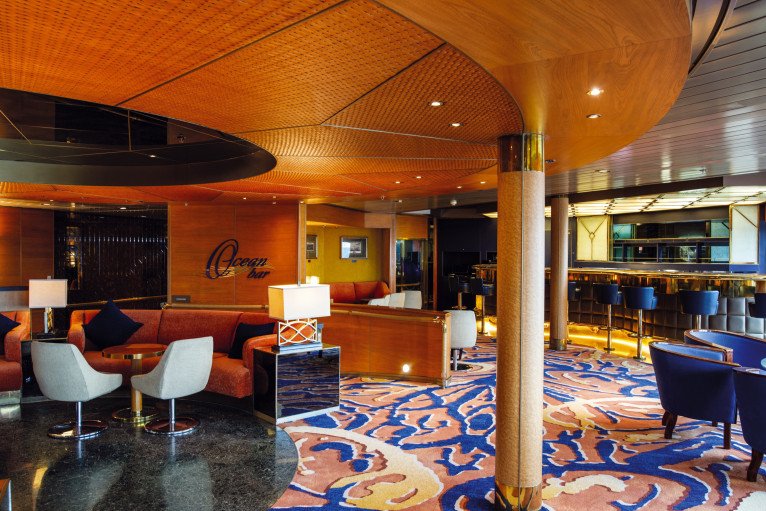

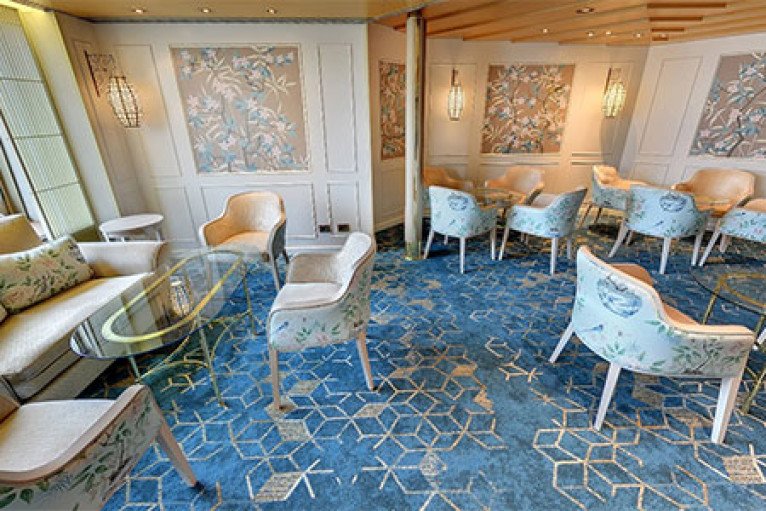


The Earth Room
New for 2023, Borealis’ Earth Room is a peaceful lounge, designed to inspire and ignite a passion to find out more about the world we live in and how we can lessen our impact on the environment.
Here, you will find a hand-selected range of around 350 rare books, by eminent writers – chosen by Fred. Olsen, along with podcasts and videos to watch on the iPads provided. These resources, and occasional guest speakers, are particularly focused on sharing ways that we can all make small changes in our lives to positively impact climate change.



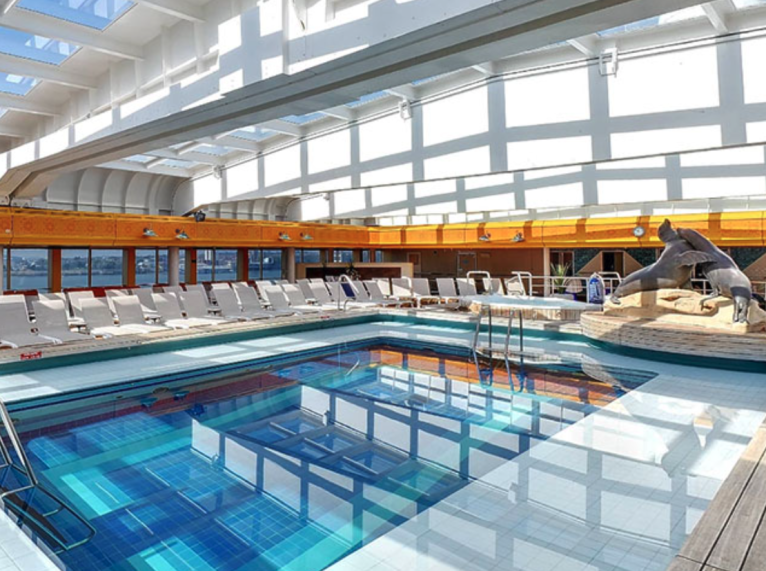
Atlantis Spa
Our Atlantis Spa provides the perfect setting for our guests relaxation and enjoyment. Large picture windows are perfect for offering scenic cruising points or ocean views, so indulge in the ultimate relaxation for the mind, body and soul in our tranquil setting as our Spa team on board Borealis pamper you. With a wide range of luxurious treatments on offer, including massages, manicures, pedicures, relaxation treatments and hairdressing; you'll leave feeling completely energised and revitalised.
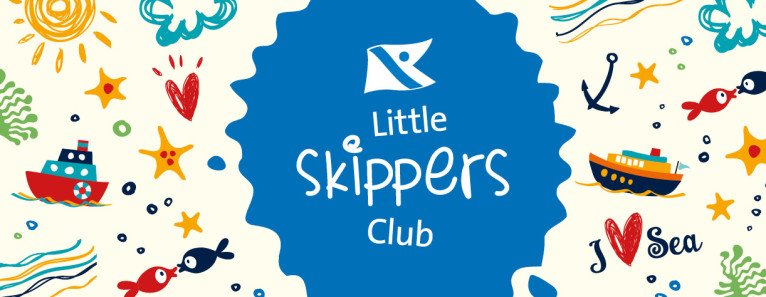
Little Skippers Club
On Fred. Olsen’s peak holiday season cruises, it is our pleasure to welcome your ‘Little Skippers’ aboard our ships and into our fun, friendly and engaging kids club.
Run by professional hosts, the Little Skippers Club is designed to ensure children aged between 5 and 11, and their parents or grandparents, get the most from their holiday. Leave your children with us and we’ll keep them entertained with a variety of creative and exciting activities and events, such as arts and crafts sessions, deck games, treasure hunts, quizzes, cookie and pizza making and much more.
All activities, plus timings for children-only pool sessions, are advertised in the Little Skippers Club’s ‘mini’ version of the Daily Times, which is available in Guest Services each day. So, you can plan your time relaxing by the pool, in your favourite bar or even the soothing Atlantis Spa, safe in the knowledge that your children are enjoying their time on board too.
*Please note Little Skippers is run subject to numbers.
The 'Little Skippers Daily Times' will be available to collect from Guest Services each day and will detail a variety of fun activities for our Little Skippers! Exact activities will vary from cruise to cruise, but we've listed some example activities below:
- Treasure hunts
- Table Tennis
- Bean Bag Toss
- Dolphin Racing
- Arts & crafts
- Deck Quoits
- Silent disco
- Competitions
- Games night/Movie nights
- Cookie Baking & Decorating
- Swimming
Parents/Guardians: Under 5’s must be accompanied by a parent or guardian who is over 18. If there are no children within 30 minutes of a session’s start time the Little Skippers Club will not run for that session.
Sun Deck 10

- Sun Deck
Sports Deck 9

- The Olsen Art Studio
- Sports Courts
- Retractable Roof
- The Observatory
Lido Deck 8

- The View Bar
- The View Buffet Restaurant
- Tea & Coffee Stations
- Vasco Restaurant
- The Lido Bar
- Swimming Pool
- Jacuzzis
- The Poolside Café
- Atlantis Spa
- Fitness Centre
Bridge Deck 7

- Olsen Suite
- Premier Suite
- Balcony Suite
- Single Superior Interior Cabin
- Balcony Junior Suite
- Balcony Junior Adapted Suite
- Premier Adapted Suite
- The Bridge
Highland Deck 6

- Balcony Suite
- Balcony Junior Adapted Suite
- Superior Interior Cabin
- Superior Ocean View
- Single Balcony Suite
- The Lookout (Observation area)
Lounge Deck 5

- Aurora Restaurant
- The Indian Ocean Room Restaurant
- The Oriental Tea R oom
- The Bookmark Café & Lounge
- Jewellery Shop
- The Bolette Card Room
- Piano Bar
- Morning Light Pub & Lounge
- Boutiques
- The Flower Shop
- Future Cruise Information
- Ocean Bar
- Port Shop
- Neptune Balcony
- The Earth Room
- The Arctic Room
Main Deck 4

- Borealis Restaurant
- Colours & Tastes Restaurant
- The Auditorium
- Destination Services
- Guest Services
- The Photo Gallery
- Neptune Lounge
- Forecastle (Observation Area)
Promenade Deck 3

- Superior Ocean View
- Superior Ocean View Fully Restricted
- Single Ocean View
- Terrace Cabin
- Terrace Adapted Cabin
- Superior Interior Cabin
- Interior Room
- Forecastle Access
Coral Deck 2

- Superior Ocean View
- Single Ocean View
- Interior Room (H, I)
- Ocean View (D, E, F)
- Single Interior Cabin
- Laundry Room
Marina Deck 1

- Ocean View (D, E, F, FD)
- Interior Room (I, H)
- Single Ocean View
- Single Interior Cabin
- Medical Centre
Borealis Cabins & Suites




Superior Interior








Superior Ocean View

Terrace Cabin










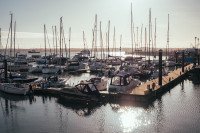
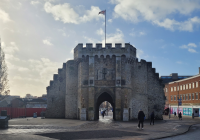

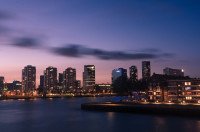
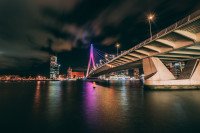
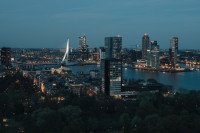
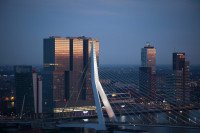
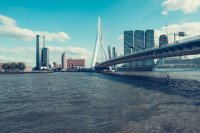
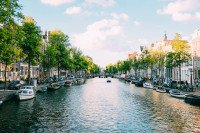
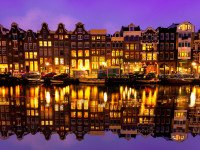

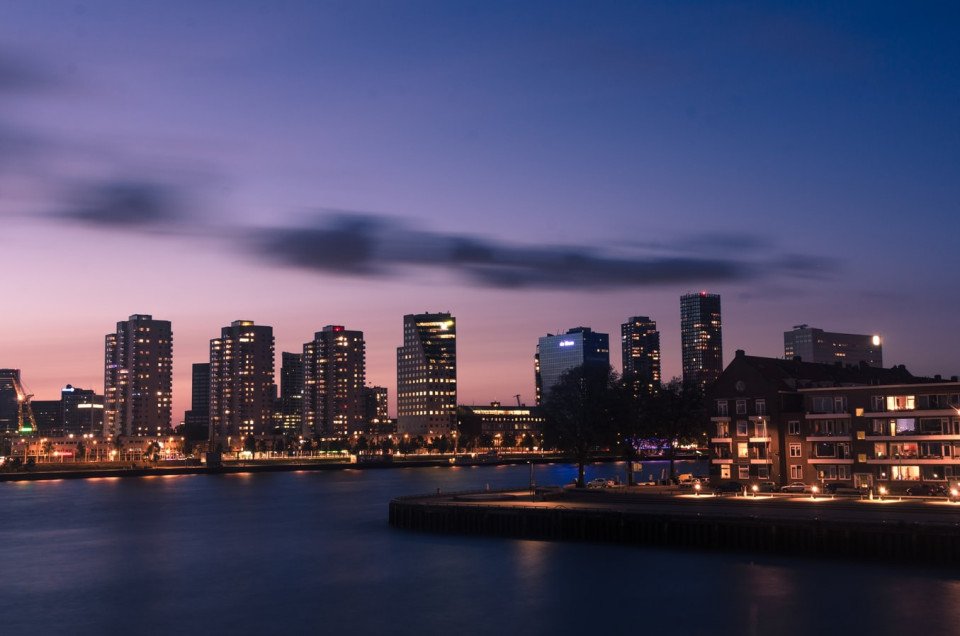
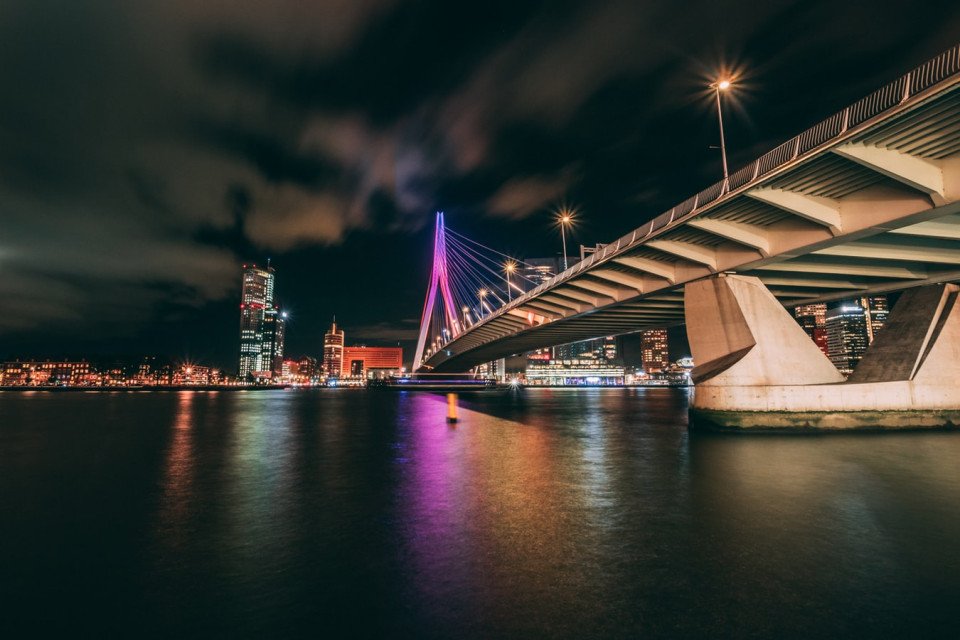
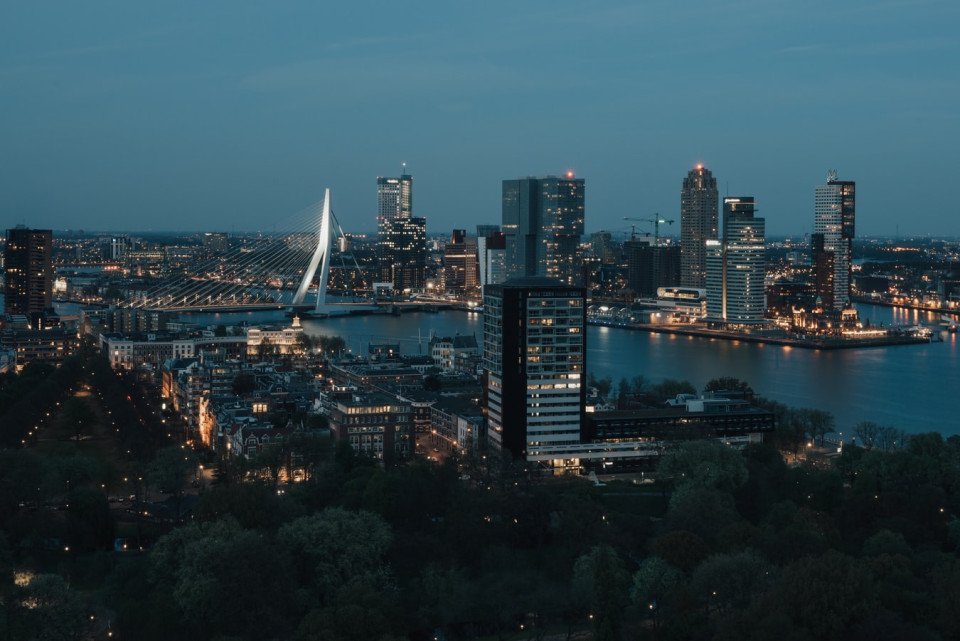
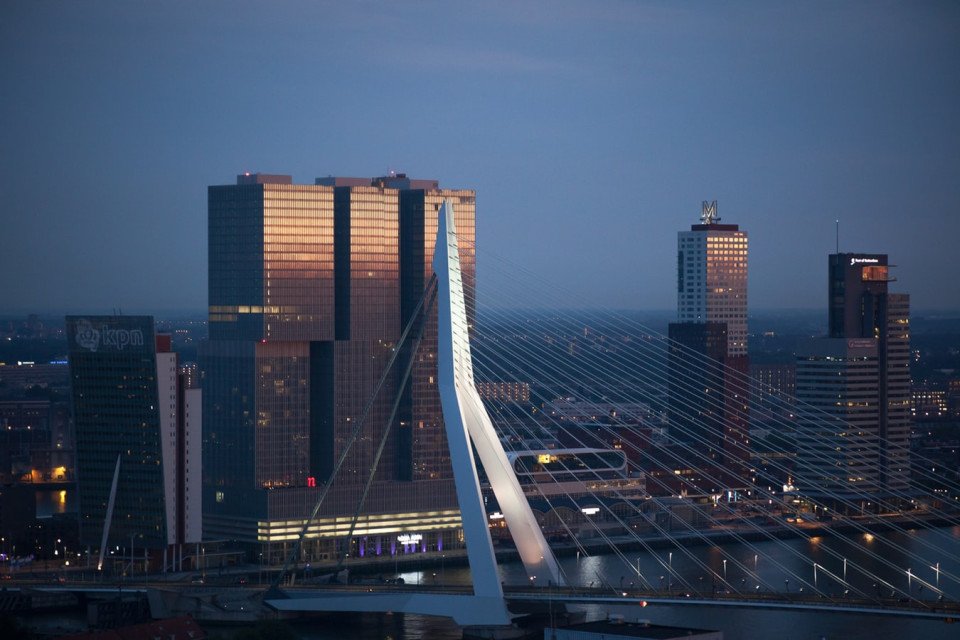
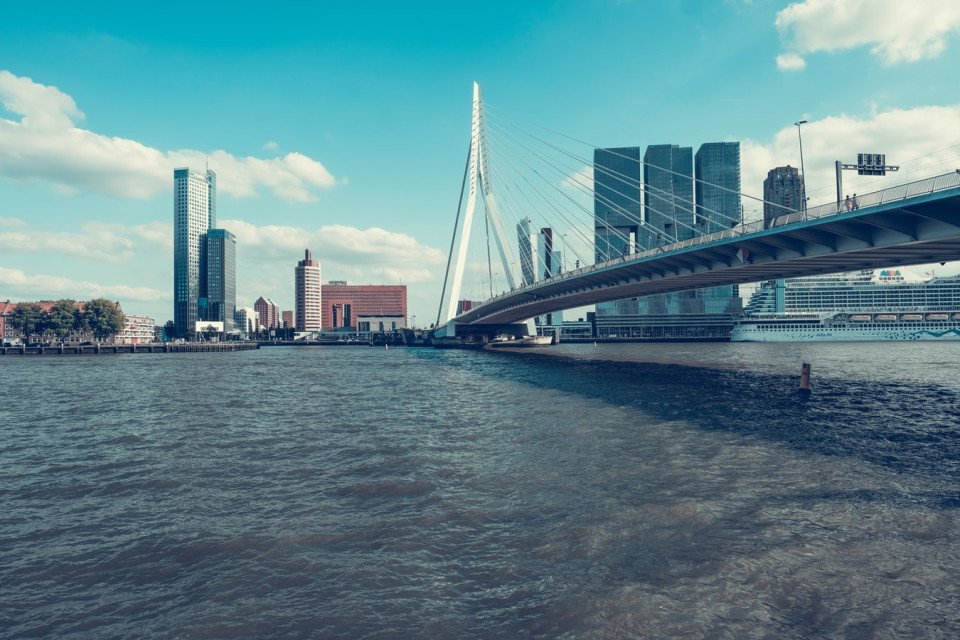
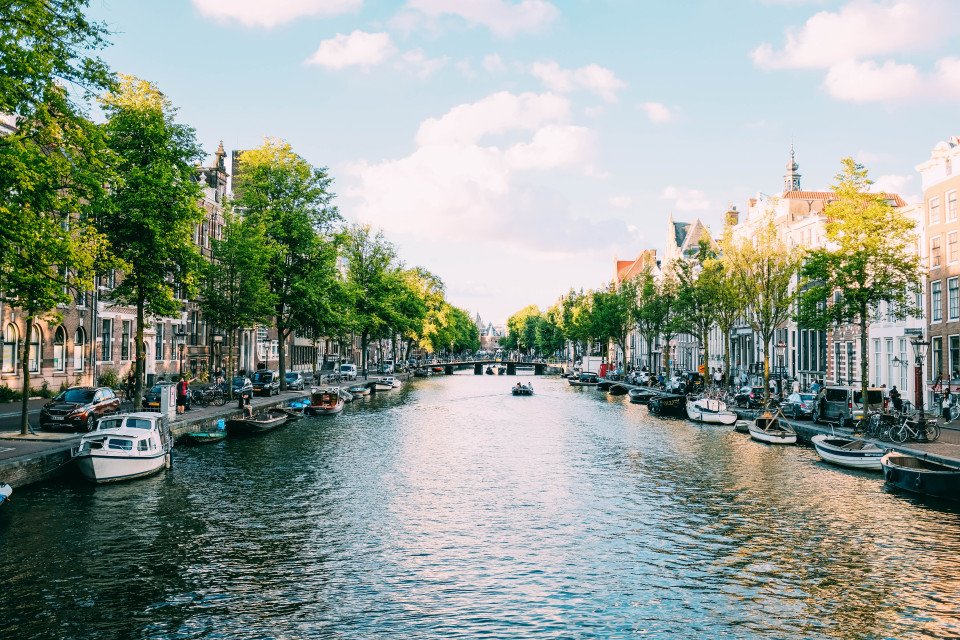
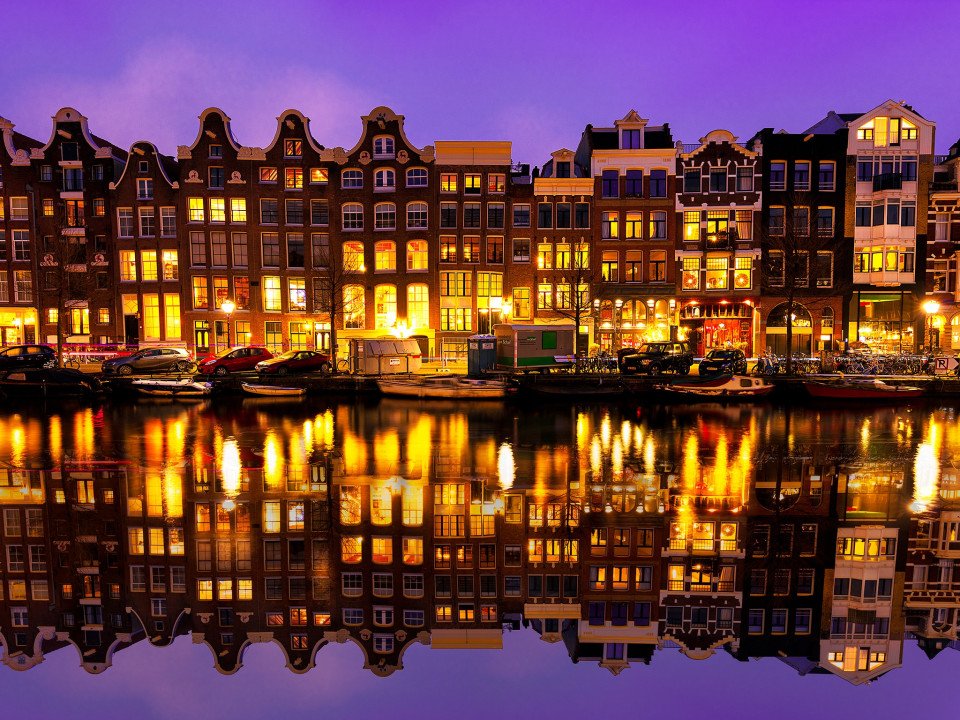


-large_thumb.jpg)






